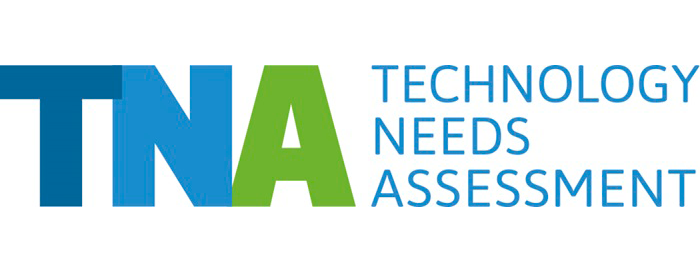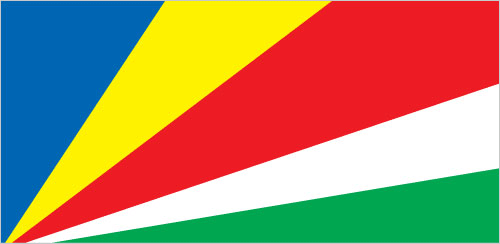One of the outcomes from the TNA has been the development of a Technology Action Plan for Coastal Risk Mapping and Monitoring. The ambition is to implement the programme on all vulnerable sites on the three main islands by 2030. This will serve as risk management, as well as lay the foundations for informed coastal protection measures and planning in the future.
Seychelles is an archipelago of 155 islands located in the Indian Ocean, southeast of mainland East Africa. Covering around 450 km2 and with a population of approximately 92,000, Seychelles is the smallest African country. Its economy is based primarily on tourism and fisheries, to which climate change presents significant risks. The islands are prone to cyclones, flash floods and landslides. The rise in sea levels is alarming as well, as more than 90% of the population and all economic activities are located on the narrow coastal plateau of Mahé Island, which has an average elevation of two meters above sea level.
Seychelles completed its TNA in 2018. For Seychelles to withstand dry periods, the Technology Action Plan details actions for the diffusion of rooftop rainwater harvesting and water-efficient appliances with the goal of implementing the two technologies in 25,000 households over a period of five years. Besides creating jobs, this will stabilize water security, reduce water restrictions and enable the selected households to save money on water bills.
Another ambitious project based on the TNA is the implementation of waste-heat recovery technologies at the Roche Caiman power station. The project aims to install a total capacity of 12 MW in two stages: 5 MW in 2020 and an additional 7 MW in 2028. From 2030, this will potentially lead to yearly reductions of 361,000 tCO2 and avoid costs of USD 80 million.
The country’s NDC highlights the synergies between the NDC and other UNFCCC-related processes and lists the TNA among these.
Seychelles’ TNA contributes to the following Sustainable Development Goals:





